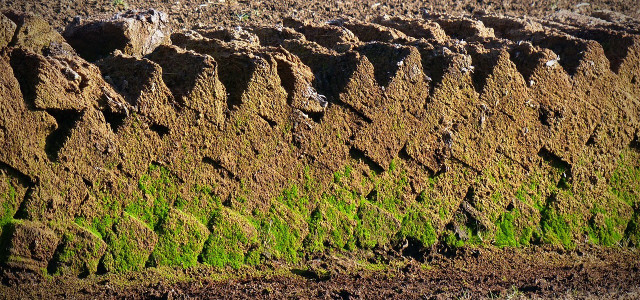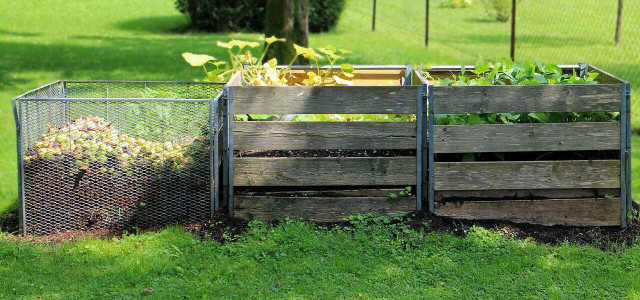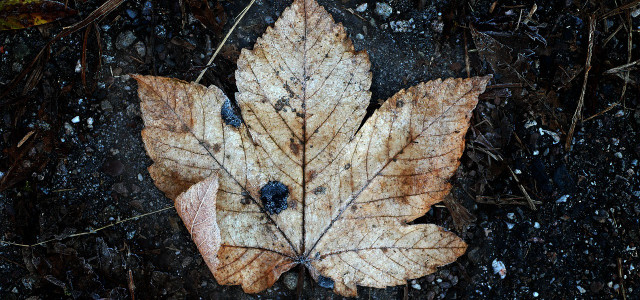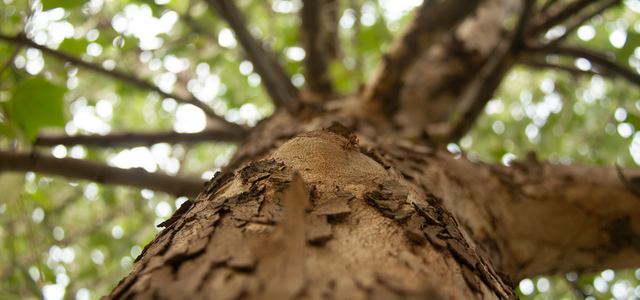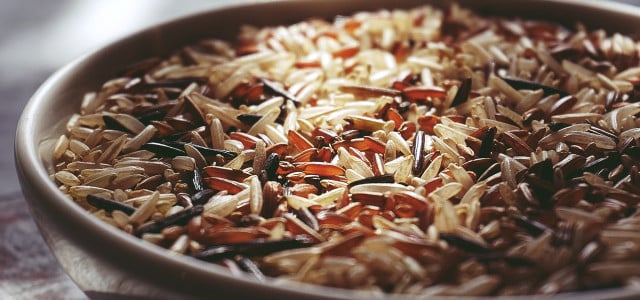Although peat moss may seem like the ideal soil amendment, using it is incredibly destructive to the environment. Consider using peat moss alternatives instead.
A popular soil amendment, peat moss for lawns and gardens is prized for its fluffy texture and ability to retain water. Since it is low in nutrients, it can bulk up soil without changing the mineral composition, adds aeration for roots to grow more easily, and can keep soil moist and well-drained for longer. While it sounds like a miracle gardening medium, harvesting peat moss can be catastrophic for the environment.
Peat moss is ancient plant matter from peat bogs, which are delicate wetland ecosystems usually found in Canadian or Eurasian tundra. The wet and cold conditions here cause plant material to decompose slowly and sink into the waterlogged soil, accumulating as several meters of peat. The extraction of this peat as a soil amendment is problematic on several levels:
- Peat is a nonrenewable resource because it takes thousands of years to form.
- Peat is harvested by dredging, a process that destroys peat bog ecosystems; loss of the spongy peat often causes bogs to drain and be replaced by grassland scrub.
- The machinery used in dredging, shredding, and transport of peat leaves a heavy carbon footprint.
- Peat bogs are carbon sinks: because peat cannot decompose in water, the bogs hold anywhere from 4-25 times as much carbon as an equal area of forest. Once peat is exposed to air, the carbon immediately binds with oxygen to release enormous amounts of CO2 into the atmosphere.
- Peat is both acidic and low in nutrients, meaning it needs other amendments such as fertilizer or alkaline wood ash for plants that like neutral soil.
Fortunately, there are several peat moss alternatives that are more sustainable, local, and nutritious for your garden.
1. Compost
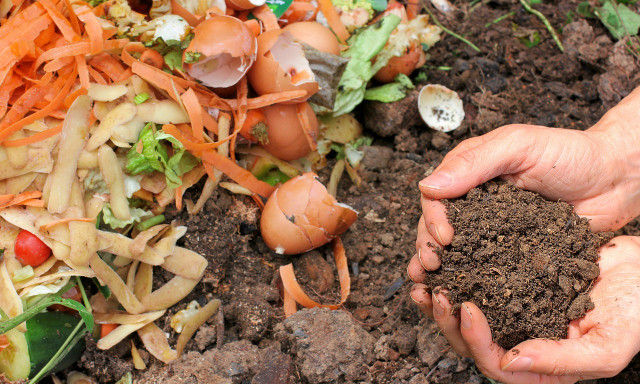
(Foto: CC0 / Pixabay / melGreenFR)
Versatile compost is perhaps the most sustainable peat moss alternative and can be sourced from your own kitchen scraps. Light and water retentive like peat moss, compost also has the benefit of being rich in nutrients to help plants grow.
Compost is suitable for nearly any plant, but must be applied in moderation and mixed in with soil. Watch out – excessive or immature compost is so nitrogen dense that it can cause mineral burns in your garden plants.
2. Leaf Mold
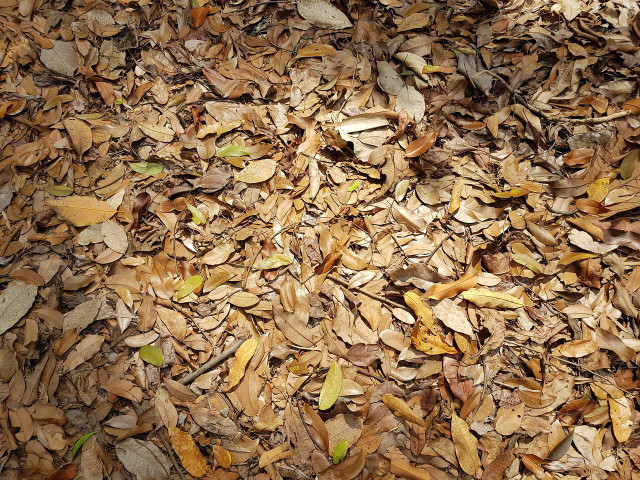


(Foto: CC0 / Pixabay / ccipeggy)
Leaf mold is the decomposed leaf matter that can be used the same way as compost, but can also be gathered in massive quantities from your yard. Fresh leaves are naturally high in carbon and should not be applied to gardens during growing season, as bacteria will absorb necessary nitrogen from the soil in an effort to decompose the leaves.
When left alone, leaves will naturally break down over one or two years, but this process can be sped up by adding some nitrogen sources such as grass clippings to your leaf pile.
Even with some added nitrogen, a mature leaf mold is less nutrient-dense than compost and can be applied in larger quantities without the risk of scorching plants. In fact, a pure leaf mold will often need some added compost to make up for the lack of nitrogen.
3. Tree Bark
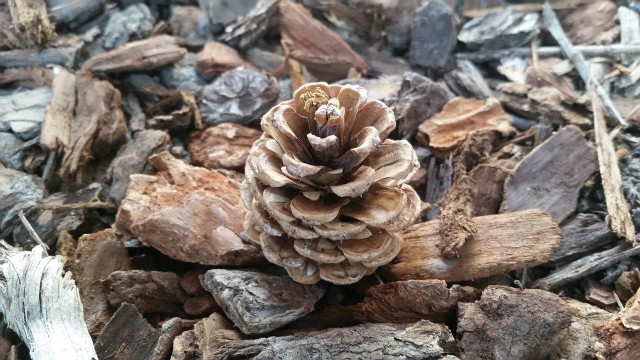


(Foto: CC0 / Pixabay / pictures101)
Commonly used with tropical plants to promote drainage and prevent root-rot, tree bark can also loosen up compact soil and help retain moisture in your garden. Tree bark is also high in carbon, but decomposes very slowly, meaning that it won’t absorb all the nitrogen from your garden as quickly as fresh leaves.
Because of its carbon content however, tree bark should not be added in large quantities because it will function like mulch and prevent plants from growing. Add small amounts of tree bark mixed with compost to for nitrogen.
4. Pine Needles
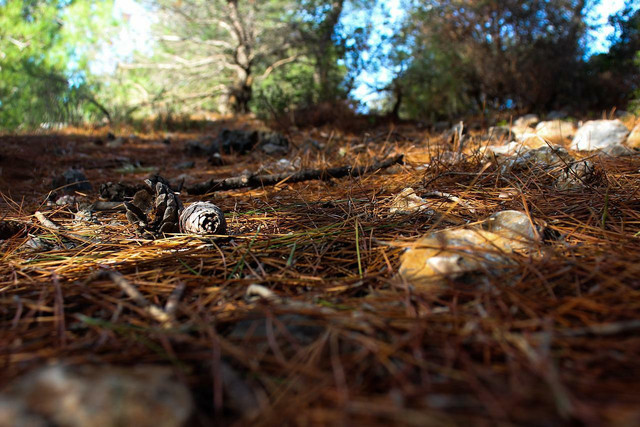


(Foto: CC0 / Pixabay / ugurcanon)
Like leaves, pine tree needles can be gathered en-masse to use as a peat alternative to improve soil drainage and aeration. Being carbon dense, pine needles decompose more slowly than leaves but can still leach the nitrogen from soil if applied too heavily.
Mix pine needles into soil sparingly with compost or simply toss them in the compost to decompose first before application. Like tree bark, pine needles will function like mulch and prevent plant growth if applied too thickly, especially without a nitrogen source.
Contrary to popular belief, pine needles are not significantly acidic and can be added to soil regardless of plant type. While pine needles can be sustainable if gathered locally, they also do not retain water as well as some other peat moss alternatives.
5. Coconut Coir
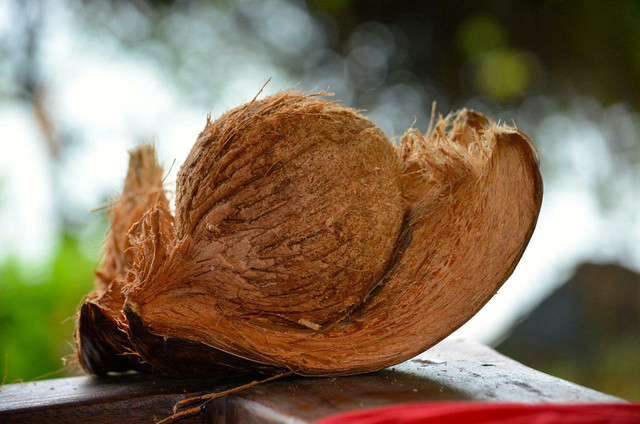


(Foto: CC0 / Pixabay / atlounge)
Coconut coir is the fibrous husk of a coconut and offers an near 1:1 peat moss alternative: it’s lightweight, porous, and water retentive. It can be used exactly as peat moss to aerate or amend clay soil that would otherwise be too compact for gardening. Since coconut coir is naturally sterile, it is also used for growing some tropical plants such as orchids or bromeliads, whose roots rot easily in regular soil. T
hough coconut coir is renewable and makes excellent use of coconut waste, it is not the most sustainable option. Coconuts are subject to industrial farming practices and deforestation, with plantations often encroaching on rainforests.
Transportation and treatment (coconut coir is often washed and shredded) also incurs a heavier carbon footprint than some other peat moss alternatives. Coconut coir is also nutrient poor and lightly acidic, meaning that it may need additional soil amendments.
Coconut coir is usually sold in compressed bricks, which then expand with added moisture. You can find it at garden centers, hardware stores, or from brands like Favrison, available on Amazon**.
6. Rice Hulls
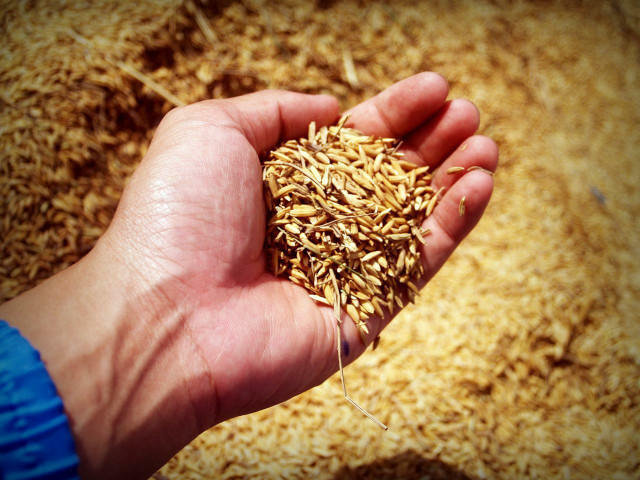


(Foto: CC0 / Pixabay / 41330)
Like coconut coir, rice hulls are the outer husks of rice grains that are usually discarded. Light and absorbent, rice hulls can improve soil aeration and drainage all while utilizing a food waste. Because they decompose within a year, rice hulls are often mixed in soil during seed planting to provide fluffy soil for young roots.
Since around 85% of rice consumed in the country is grown in the USA and doesn’t need to undergo additional shredding, it is also far more sustainable than coconut coir. Though rice hulls are pH neutral, they are high in carbon and low in nutrients, so benefit from a nitrogen source.
Rice hulls may not be available in local garden centers, but are sold in large quantities online, for example from Pillowganic, available on Amazon**.
7. Sphagnum Moss
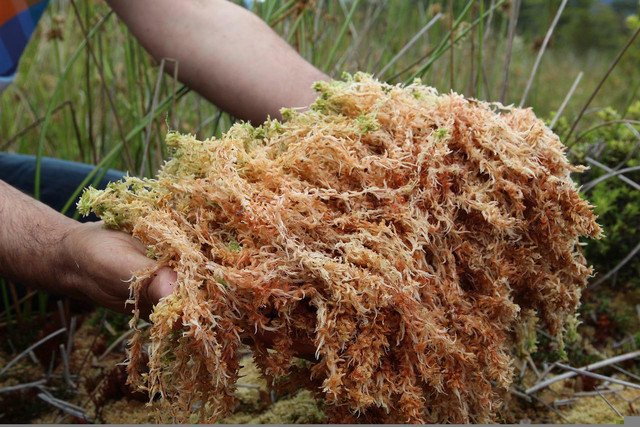


(Foto: CC0 / Pixabay / HeamnaManzur)
While peat moss has been decomposing for millennia underwater, sphagnum moss is freshly harvested living moss growing at the surface. Like peat, sphagnum moss is lightweight, water retentive, and nutrient poor, but with the benefit of being pH neutral.
Unlike peat moss however, sphagnum is sold in small quantities as whole dried moss plants and is thus unsuitable for outdoor use. Instead, sphagnum moss is used for tropical plants, terrarium bedding, or as garden decoration. Though more sustainable than peat moss, sphagnum is also imported and is usually harvested from wild bogs.
If you plant different vegetables or other crops in your garden, learn how to leverage the benefits of crop rotation in order to minimize pest damage and manage soil fertility without any detriment to the ecosystem.
Read more:
- How to Use Eggshells as Fertilizer for Your Garden Plants
- Can You Dispose of Wood Ash in the Compost?
- Epsom Salt for Gardening: Is it Safe for Plants?
Do you like this post?






